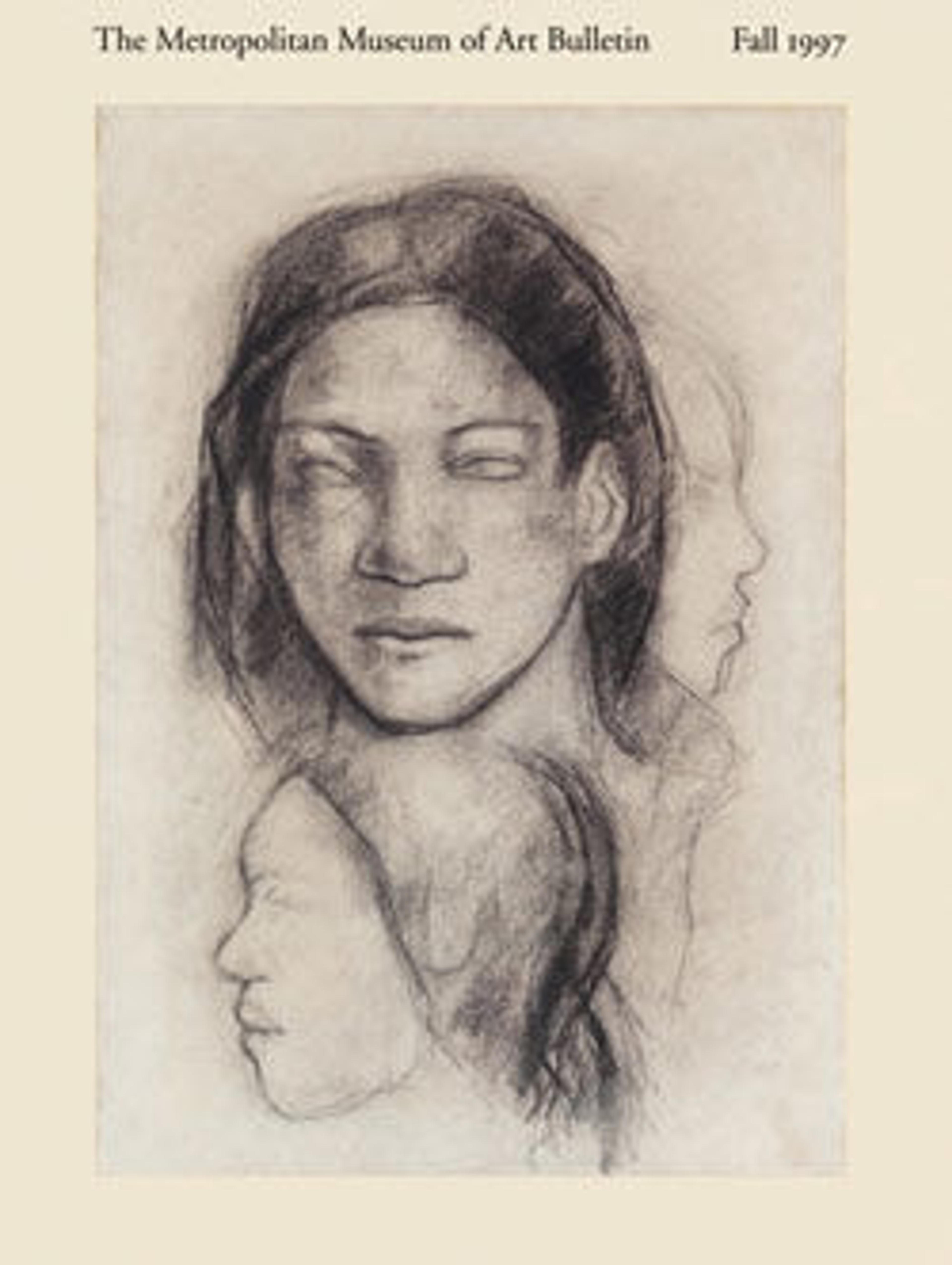Standing cup
Romantic historicism was one of many nineteenth-century revival styles, and Morel was unsurpassed in his skill in fashioning hard stones, enameling, and an eclectic assortment of decorative motifs into highly refined evocations of seventeenth-century goldsmiths' work. Trained under the pre-Revolution maker of gold boxes Adrien Vachette (act. 1779–1839), Morel is a direct link to the long history of French jewelers and goldsmiths. Morel practiced in Paris for many years before moving to London in 1848, following the adverse settlement of a business dispute (an expatriation that lasted until 1852, when he returned to France). In London he established a workshop staffed by more than fifty craftsmen and enjoyed the patronage of Queen Victoria and the exiled Louis-Philippe. The culmination of Morel's London career was his display at the Great Exhibition of 1851, at which he showed jewelry, silver sculpture, and numerous neo-Renaissance cups. Our example, made in London, was among them. From illustrations of the time, and again in 1910, when the cup was in J. Pierpont Morgan's collection, we discover it had a cover and has lost some enameled ornament; it nonetheless conveys the elegance typical of Morel's best work.
Artwork Details
- Title:Standing cup
- Maker:Jean-Valentin Morel (French, 1794–1860)
- Date:1850–51
- Culture:French
- Medium:Rock crystal, silver gilt, enamel, pearls
- Dimensions:Height: 9 1/4 in. (23.5 cm)
- Classification:Metalwork-Silverplate
- Credit Line:Purchase, Friends of European Sculpture and Decorative Arts Gifts, 1997
- Object Number:1997.14
- Curatorial Department: European Sculpture and Decorative Arts
More Artwork
Research Resources
The Met provides unparalleled resources for research and welcomes an international community of students and scholars. The Met's Open Access API is where creators and researchers can connect to the The Met collection. Open Access data and public domain images are available for unrestricted commercial and noncommercial use without permission or fee.
To request images under copyright and other restrictions, please use this Image Request form.
Feedback
We continue to research and examine historical and cultural context for objects in The Met collection. If you have comments or questions about this object record, please contact us using the form below. The Museum looks forward to receiving your comments.
